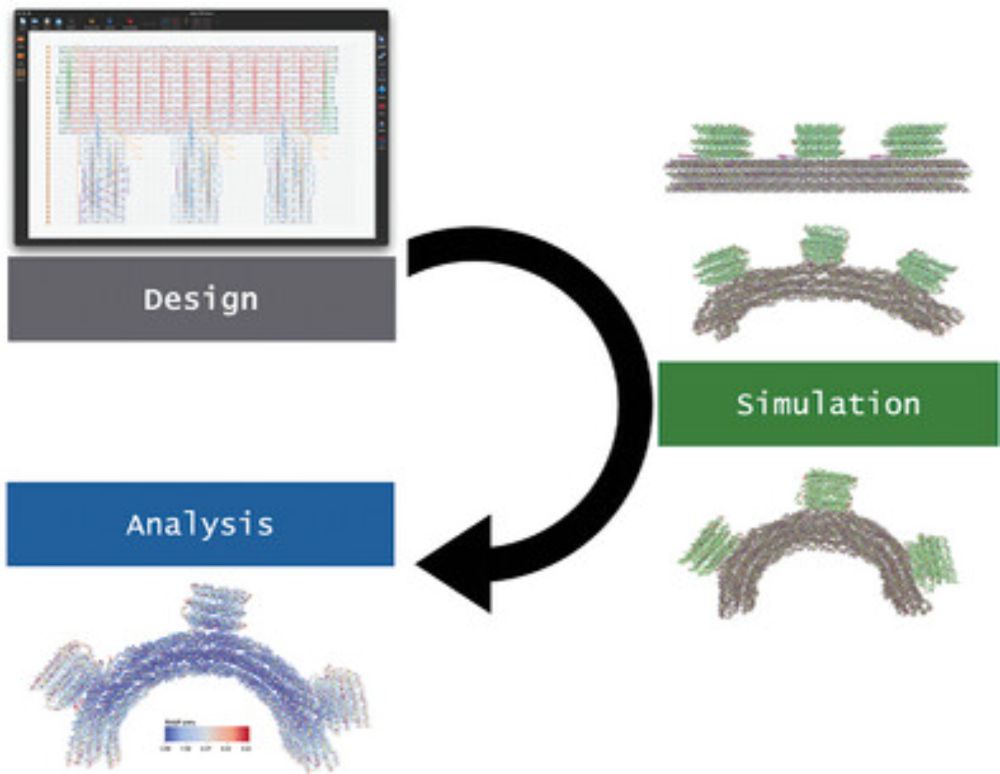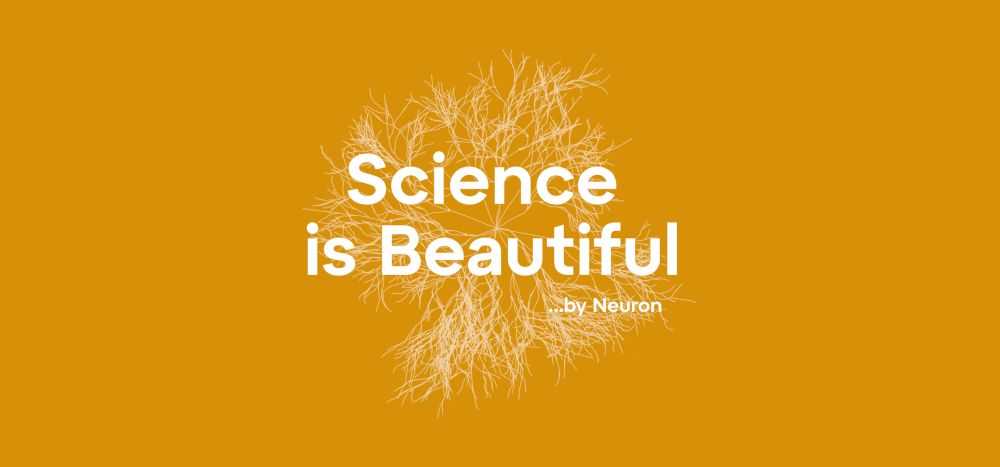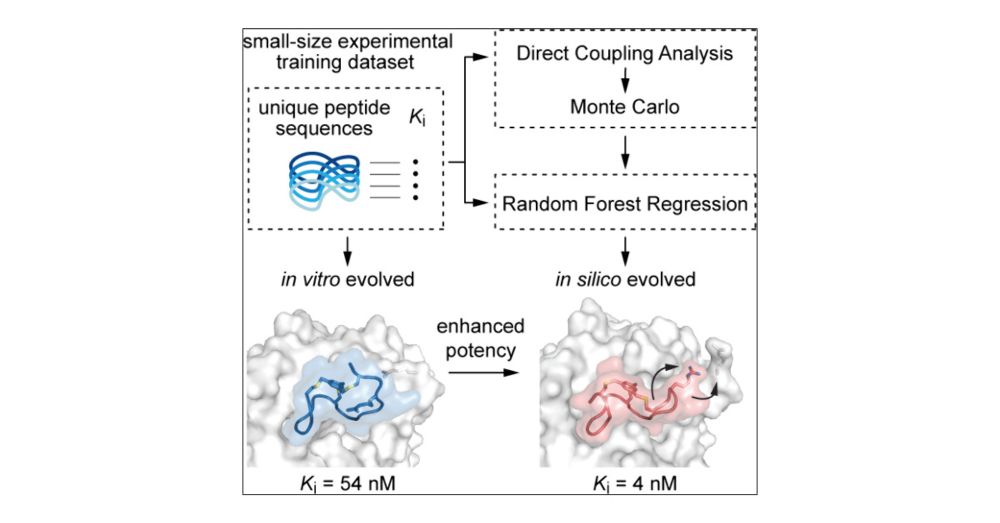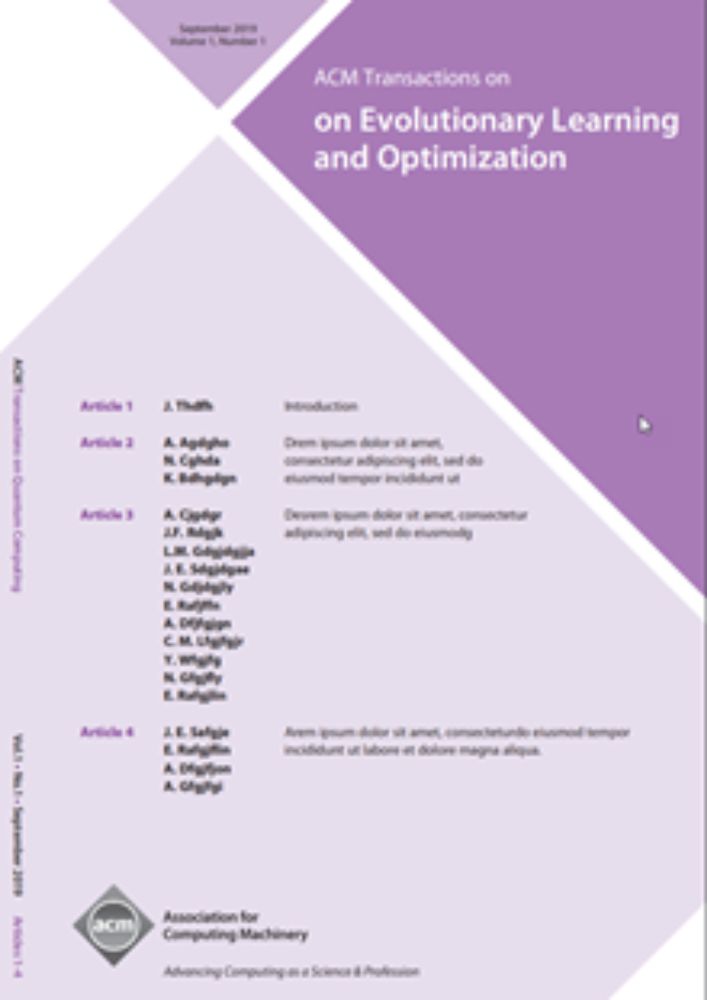A great years long collaborative effort with @petrsulc.bsky.social, @daniel-decarvalho.bsky.social, & many great colleagues!
Now Dr. Greenbaum’s lab has been taking a deep dive into modeling viral mimicry, trying to understand how this could shape cancer cells’ development process. bit.ly/3VWadA8

A great years long collaborative effort with @petrsulc.bsky.social, @daniel-decarvalho.bsky.social, & many great colleagues!
www.cell.com/cell-genomic...
🧵A shot thread summary below in comments:⬇️

www.cell.com/cell-genomic...
🧵A shot thread summary below in comments:⬇️
bsky.app/profile/flop...
Links to all major feeds here:
podcast.molpi.gs
Our new paper is just out in PNAS:
www.pnas.org/doi/10.1073/...
It is about nucleic acid strand displacement, which is a key reaction in molecular computation, and part of the success of the oxDNA model comes from the fact it can efficiently simulate this process.
1/4🧵

Our new paper is just out in PNAS:
www.pnas.org/doi/10.1073/...
It is about nucleic acid strand displacement, which is a key reaction in molecular computation, and part of the success of the oxDNA model comes from the fact it can efficiently simulate this process.
1/4🧵
biorxiv.org/content/10.1...
Excellent work by Rebecca, "Metrology4life" 2nd PhD student and Great collaboration with @petrsulc.bsky.social

onlinelibrary.wiley.com/doi/10.1002/...

onlinelibrary.wiley.com/doi/10.1002/...

We use our #SAT Assembly method to design particles that assemble into 3D quasicrystal clusters, paving a way to their experimental realization with DNA nanostructures

We use our #SAT Assembly method to design particles that assemble into 3D quasicrystal clusters, paving a way to their experimental realization with DNA nanostructures


go.bsky.app/7LUeJ61
We show it is possible to iteratively combine training on small dataset and experiments to achieve higher binding affinity.

We show it is possible to iteratively combine training on small dataset and experiments to achieve higher binding affinity.
doi.org/10.1145/3703...

doi.org/10.1145/3703...
www.sciencedirect.com/science/arti...
www.sciencedirect.com/science/arti...

